Sneak Peek: 2021 Ski Gear
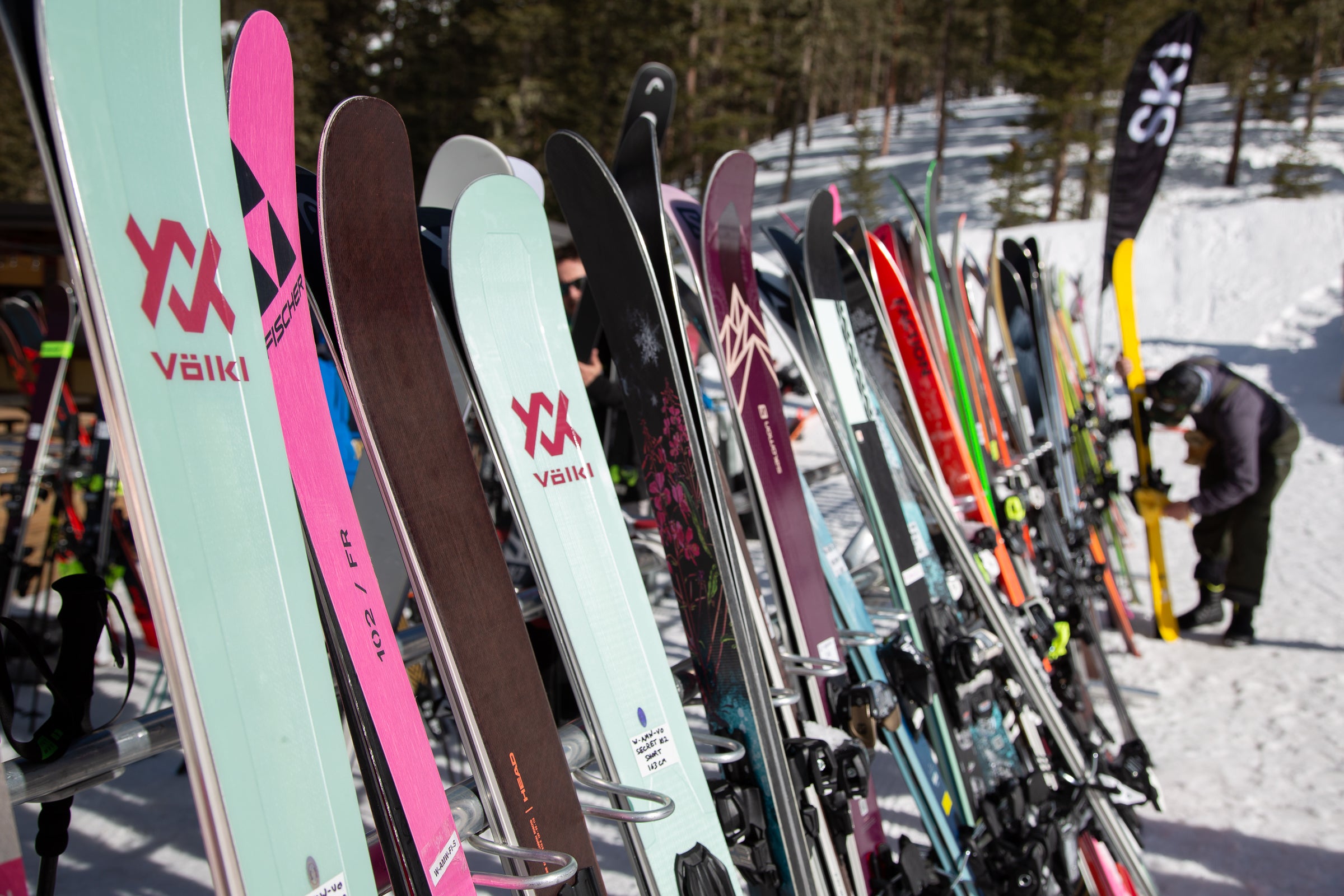
Photo credit: Keri Bascetta
We don’t know when a COVID-19 vaccine will be ready, we don’t know how every ski resort will operate this winter, and we don’t know if we’ll be able to travel to our bucket list ski destinations this season.
The SKI staff tested more than 350 of the best and most exciting new ski products last season, and you’ll get all beta on that gear in SKI’s 2021 Gear Issue, on newsstands and in mailboxes in late September. But to whet your appetite, here’s a little sneak peek at the biggest gear trends you’ll see this season.
Related: Gear Glossary, Ski and Boot Terminology
Skis with Perfect Flex
In recent years ski brands have been experimenting with a variety of new core materials, from Titanal to carbon to lighter-weight woods like paulownia and caruba, with the goal of making perfectly balanced and versatile skis. This, in turn, has led to the quest for the perfect ski flex, with engineers trying to determine how much of each material to use to craft a ski that will be stiff when and where you need a solid feeling underfoot, yet responsive and forgiving when conditions allow. This season, Blizzard and Nordica introduce technologies they believe solve the balance equation.
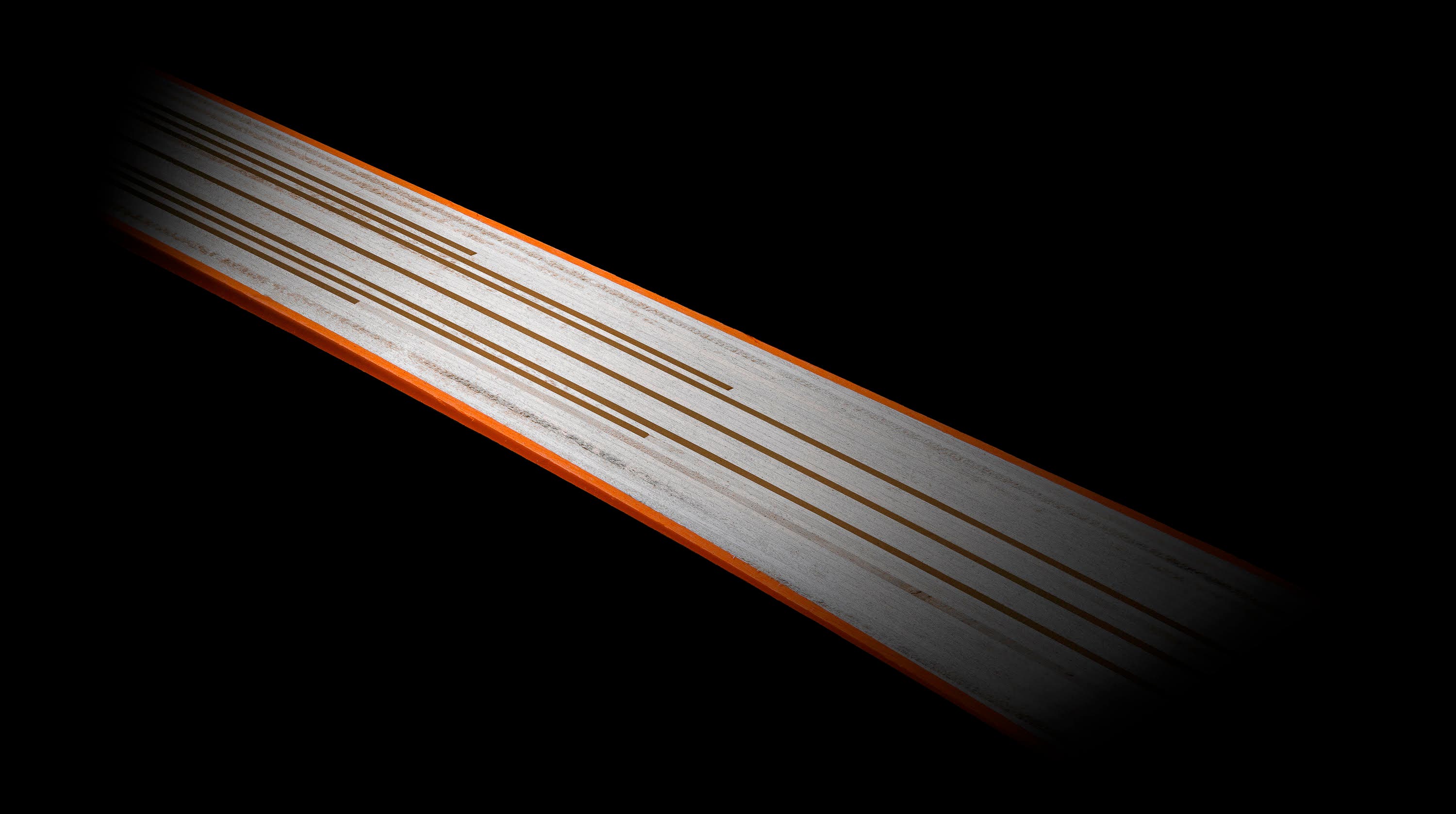
Blizzard TrueBlend
This season Blizzard integrates TrueBlend, a new core construction, into its popular Brahma, Bonafide, and women’s-specific Black Pearl lines. TrueBlend incorporates stringers of denser wood strategically placed underfoot where you want the ski to be stiff, with less density in the tip and tail to make the front and back of the ski more forgiving and responsive.
This technology also means that the ski’s flex can be optimized and balanced in each available length. Translation: The 171cm Bonafide 97 will flex the same as the 185cm Bonafide 97—it won’t feel stiffer as some shorter skis do because the vertically laminated TrueBlend wood core is strategically mapped and optimized for each length of the ski.
Read more: Details about Blizzard skis for 2020-’21
Nordica Terrain Specific Metal (TSM)
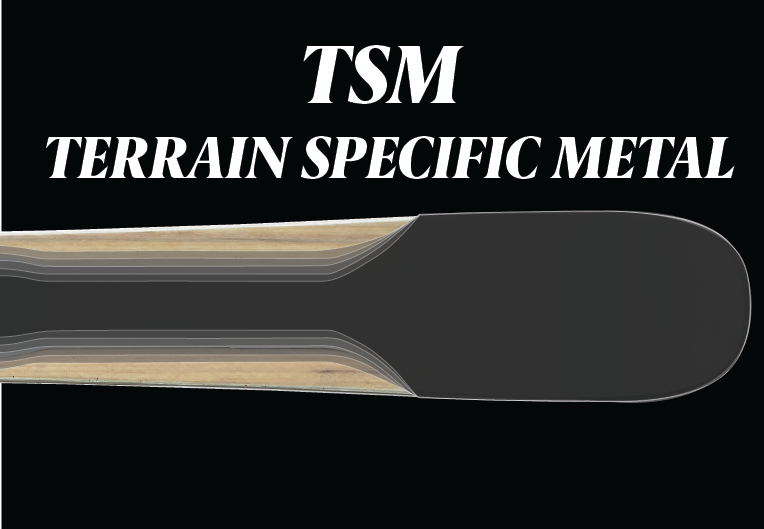
Nordica debuts Terrain Specific Metal in its women’s-specific all-mountain Santa Ana line this season. The goal was to make the traditionally burly Santa Anas less cumbersome by removing one of two layers of metal in the core while retaining the integrity of the ski’s flex and edge performance with the one remaining layer of metal. Enter TSM, a sheet of metal that spans from edge to edge in the tip and tail of each Santa Ana but is tailored in the body of the ski to match the type of terrain and conditions each Santa Ana model is designed to tackle. For example, the more frontside-oriented Santa Ana 88 includes a wider layer of TSM in the body of the ski for enhanced dampness and edge hold on hard snow, while the floatier Santa Ana 104 Free features a narrower TSM layer in the body to promote playfulness and responsiveness.
More Forgiving Tips and Tails
While skiers tend to pay more attention to the construction materials in the body of a ski, what’s in the tip and tail of a ski can equally make or break a ski’s performance. One of the most consistent comments/criticisms we hear from SKI’s official testers at our annual SKI Test is how easily a ski can initiate and release turns, traits largely dictated by the materials and profile of a ski’s tip and tail.
Our testers love damp, hard-charging all-mountain skis, but they don’t appreciate when those skis make turning a chore, especially in bumps and tight places. Brands seem to be catching on to this, and Nordica and Fischer are among those who are adjusting the tip and tail profiles of their hard-charging all-mountain lines to make the skis a little more forgiving, playful, and responsive.
Nordica Enforcer Free/Santa Ana Free
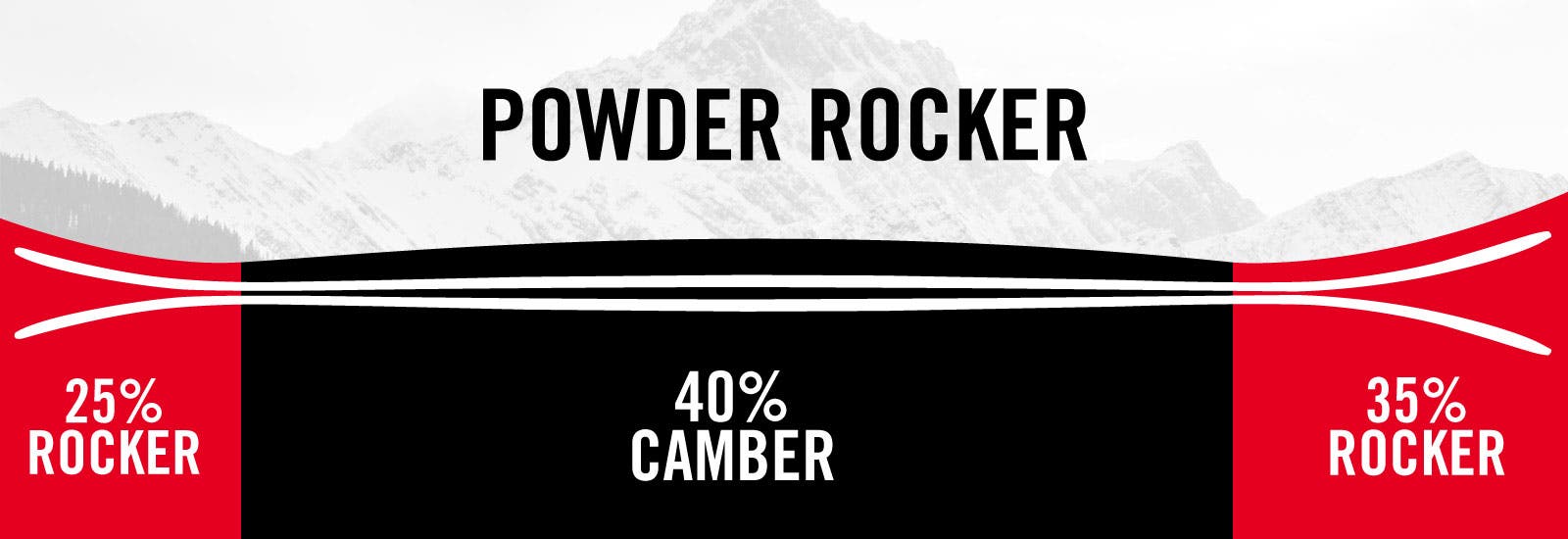
Everyone loves the Nordica Enforcer and the Santa Ana, but not everyone loves how much work these burly all-mountain skis can be in bumps. To address this common concern, Nordica introduced the highly lauded men’s Enforcer Free line last season, which among other updates featured a new Powder Rocker profile with more generous tip and tail rocker. Last season, the boys were stoked on how much more playful and versatile the Best in Test Enforcer 104 Free was compared to the older iterations of the Enforcer. Banking on that success, Nordica introduces the brand new Santa Ana 104 Free and Santa Ana 110 Free.
These new Santa Ana skis—plus the new Enforcer 100 and Enforcer 94—also feature Nordica’s new True Tip design, which removes heavy plastics from the tips of the skis for optimized swing weight and easier turn initiation.
Fischer Ranger FR
Similarly, Fischer adds FR models to their popular Ranger line, giving the directional, chargey Rangers a more playful and forgiving tip and tail profile. The updated Ranger FR’s Twintip profile equates to less effective edge, which makes them easier to smear in bumps and crud and more versatile (the directional Rangers have one agenda: rail). While still relatively stiff and burly, this new Twintip profile makes the Fischer Ranger 102 FR and 115 FR a little more accessible to intermediates and more fun in crud.
Walk-Mode Ski Boots that Rip
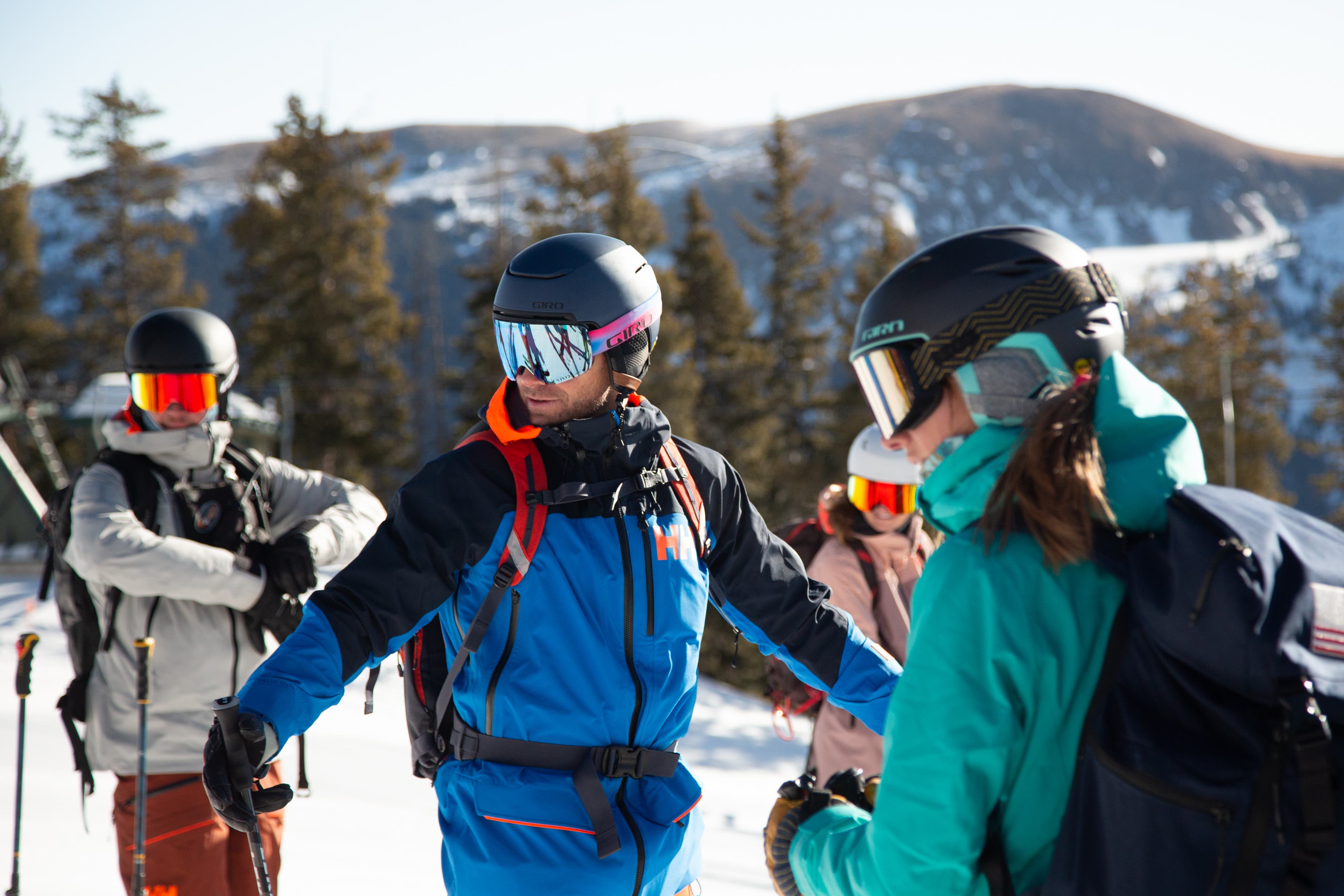
Sales of ski boots with walk mode—a switch that allows the upper cuff to move freely of the lower shell—have been increasing over the past few winters as skiers are looking for more comfort. While they certainly make backcountry adventures and après better, the actual skiing performance of these boots has not come close to the rigid alpine options until this season. The latest generation of the Lange XT line, called the XT3, as well as Atomic’s new Hawx Prime XTD and Salomon’s new Shift Pro ski boots use heavy-duty, metal-on-metal mechanisms that provide a wide range of motion in walk mode but are rock-solid in ski mode. The quest for one ski, one boot, one binding set-ups that can actually handle resort skiing is getting better every year because of it.
In other boot news, Tecnica’s new Mach1 MV alpine boot does not have a walk mode, but instead, the company took inspiration from their backcountry boots to create the T-Drive. The T-Drive extends the connection of the upper cuff to the lower shell substantially, which makes the boot easier to drive on edge.
Eco-Friendly Outerwear
To put it simply, if a brand is not incorporating more environmentally friendly materials and/or technologies into their outerwear and apparel lineups, they are behind the game. But some are doing it smarter and more consistently than others. From futuristic bio-based materials designed to break down faster and be more recycle-friendly to entirely new and more sustainable ways to manufacture raw ingredients, these brands are pushing the envelope in the right direction.
Picture Organic Aeron Jacket and Bib

The environmentally-minded French brand debuts its first women’s shell kit this season, and it boasts pretty forward-thinking Earth-friendly technology. The three-layer shell materials that comprises the jacket and bib is made from sugarcane waste that’s been repurposed into a bio-based fabric, then treated with a PFC-free waterproofing agent. It’s still skiwear, though, with underarm venting, wrist gaiters, and a pass pocket on the jacket and Lyrca panels and double-zip venting on the bib. Look for this innovative, bio-based face fabric in more of the brand’s lineup in coming seasons.
Patagonia Nano Puff Jacket with PrimaLoft P.U.R.E.
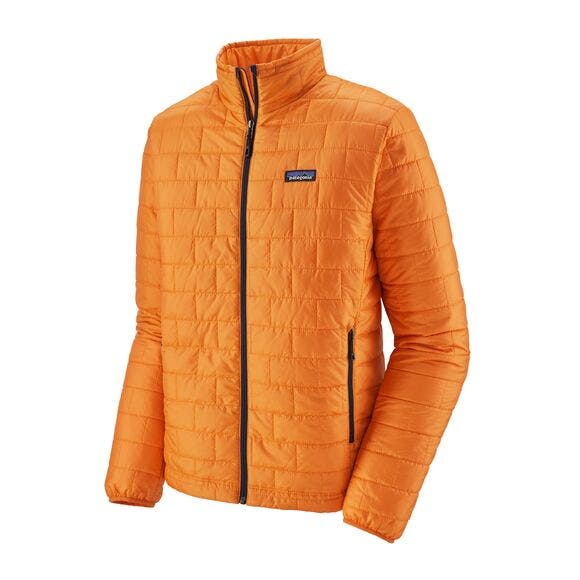
Patagonia’s workhorse midlayer is a staple in the brand’s winter line—and it will remain that way, only now with an even stronger eco story. The company has actually been quietly improving upon the Nano Puff for the last decade, first increasing its recycled content, slashing its material waste factor, and now cutting its carbon emissions by using the innovative new PrimaLoft Gold Insulation Eco with P.U.R.E. (Produced Using Reduced Emissions). It’s a mouthful, we know, but the tech behind it is pretty cool: By inventing a new way to manufacture synthetic insulation, PrimaLoft P.U.R.E. eliminates the use of thermal ovens, thus reducing carbon emissions by 48 percent. One thing it doesn’t affect? The Nano Puff’s amazing warmth-to-weight ratio and its surprisingly reasonable price, which remains the same at $199.
Goggles with Innovative Lens Designs
We’ve seen lenses that adapt to varying light conditions with the push of a button, and we’ve seen lenses that curve to extend over the bottom of the goggle frame. After the introduction of the Smith 4D Mag goggle last season, we thought we’d be in for a goggle innovation drought for a couple of seasons. But we were wrong. This season, a number of goggle brands up the ante once again.
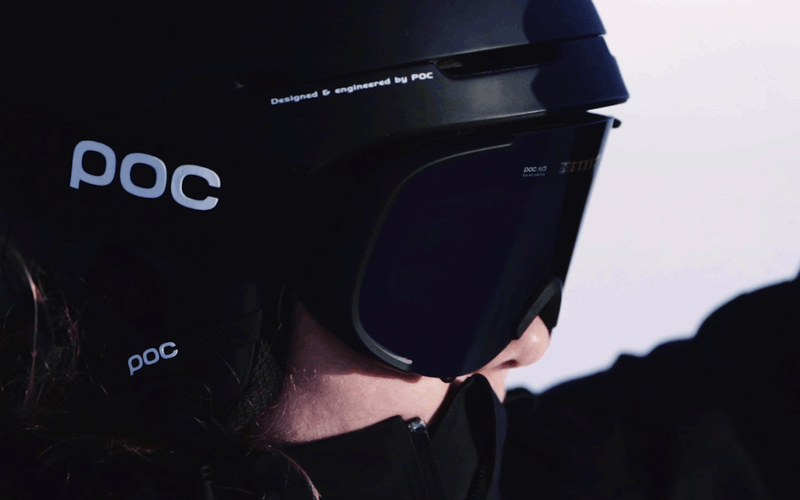
POC Cornea Solar Switch
The price tag will be a bitter pill to swallow, but those flush with cash and looking to upgrade their optics will get to consider the new Cornea Solar Switch goggle from POC this season. With this latest goggle, POC takes the electrochromic lens changing system introduced by Oakley and SPY a few seasons ago and levels up by removing the need for a battery source to change lens tints. The Cornea Solar Switch gets the power to instantly adapt lens tints from the sun, i.e. solar power. An innovative liquid crystal lens is the key to this nifty new technology.
Zeal Beacon
Constantly improving how much we can see on the slopes is the name of the game in goggle innovation, and Zeal’s new effort in that vein is the Beacon goggle featuring the brand’s new Observation Deck lens technology. This new lens design slants the Beacon’s cylindrical lens so that the bottom of the goggle sits closer to the face relative to the top to increase vertical peripheral vision—a concept Zeal’s engineers borrowed from the design of flight control towers.
Giro Contour
Giro also introduces a new lens shape this season that promises an optimized field of view. The new Contour’s toric lens shape is a hybrid between a spherical and cylindrical lens that is meant to offer the best of both worlds: the low profile of a cylindrical shape with the view-expanding properties of a spherical lens. The resulting Contour goggle wraps around the face to fit like a glove and offers up Giro’s largest field of view yet.
Related: Best Ski Goggles Under $100
Lightweight Helmets
It seems helmets are going the way of skis: They’re getting design upgrades that increase performance while shaving weight. Why? As skiers begin to transition between the resort and backcountry more fluidly, they want equipment that does the same—and that doesn’t just include skis anymore. Every backcountry skier schleps a helmet into the backcountry with them—even if only to wear it on the descent—and on the skin track, grams matter. This season, these brands answer the call for lighter-weight lids that still provide top-notch protection.
Pret Fury X
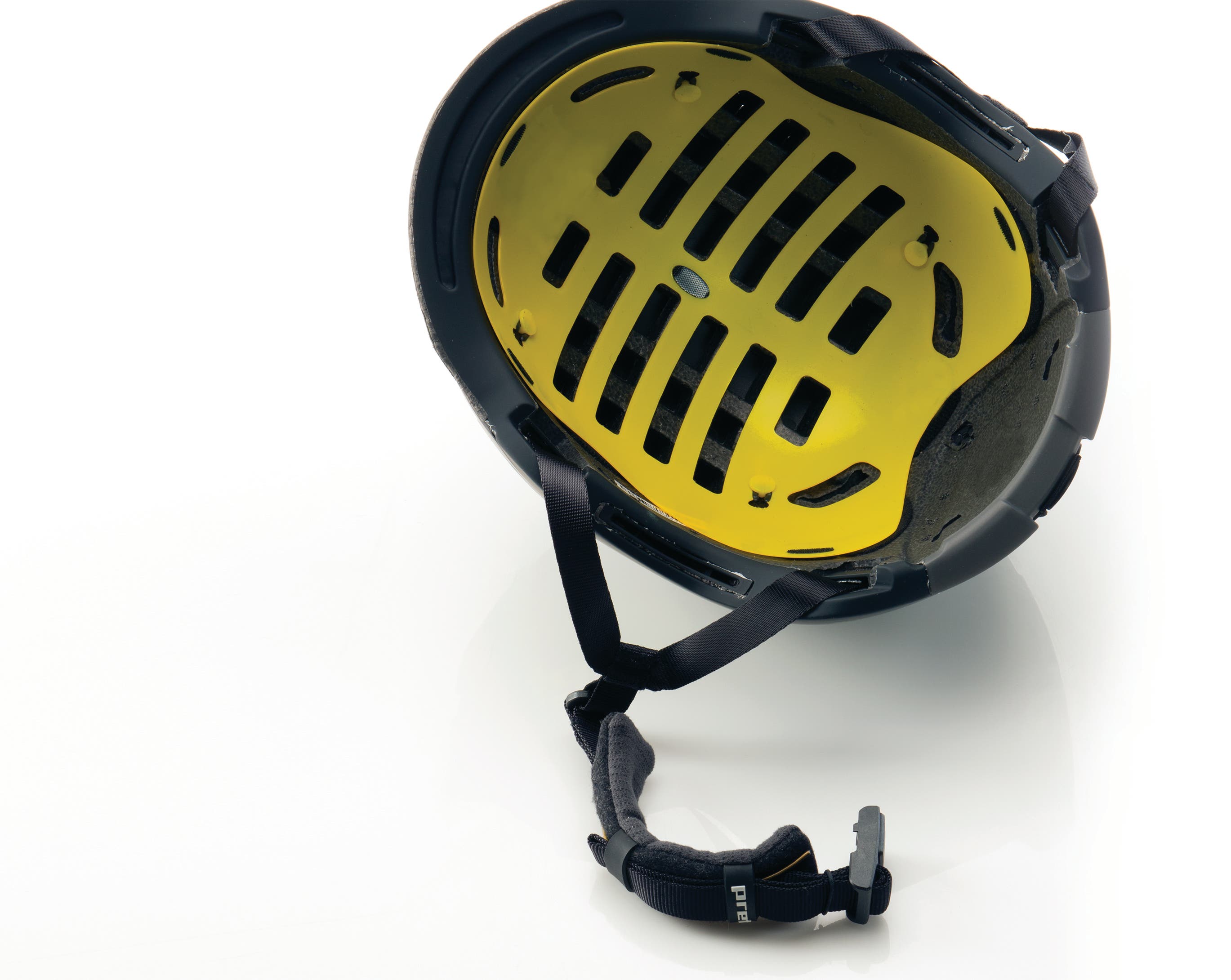
In its Fury X helmet Pret debuts a new MIPS liner—MIPS C2—which offers the same industry-leading impact protection but at a lower weight. Best of all, the Fury X still comes fully loaded with comfort and fit features like integrated goggle vents and adjustable fit, but it’s a significantly lighter load to bear.
Giro Grid/Envi MIPS
Giro’s new men’s Grid MIPS and women’s Envi MIPS weighs in at a mere 400g but includes top-of-the-line safety and comfort features such as MIPS Spherical protection, a removable Polartec Power Grid liner, and a convenient Fidlock magnetic buckle. All this amounts to Giro’s most versatile and backcountry-friendly helmet yet.